På roadtripen lørdag 21. januar fikk vi et unikt innblikk i det ekstraordinære dyrelivet som Sør-Afrika har å by på. Blant annet fikk vi se seler, strutser og pingviner. Helt utrolige dyrearter jeg aldri har sett med egne øyne før nå.
/ On the roadtrip on Saturday 21 January, we got a unique insight into the extraordinary wildlife that South Africa has to offer. Among other things, we saw seals, ostriches and penguins. Absolutely incredible animals I’ve never seen with my own eyes before.
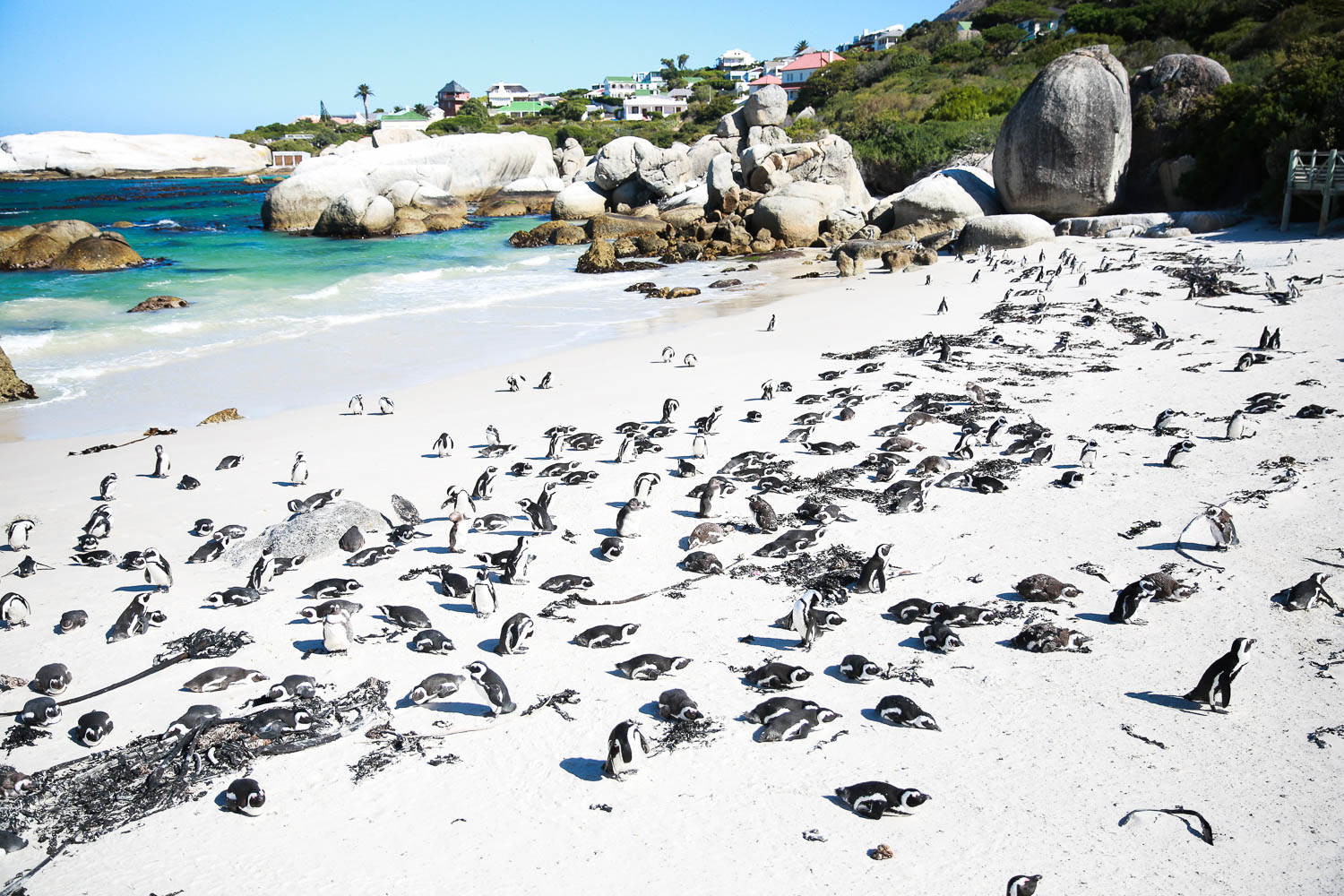
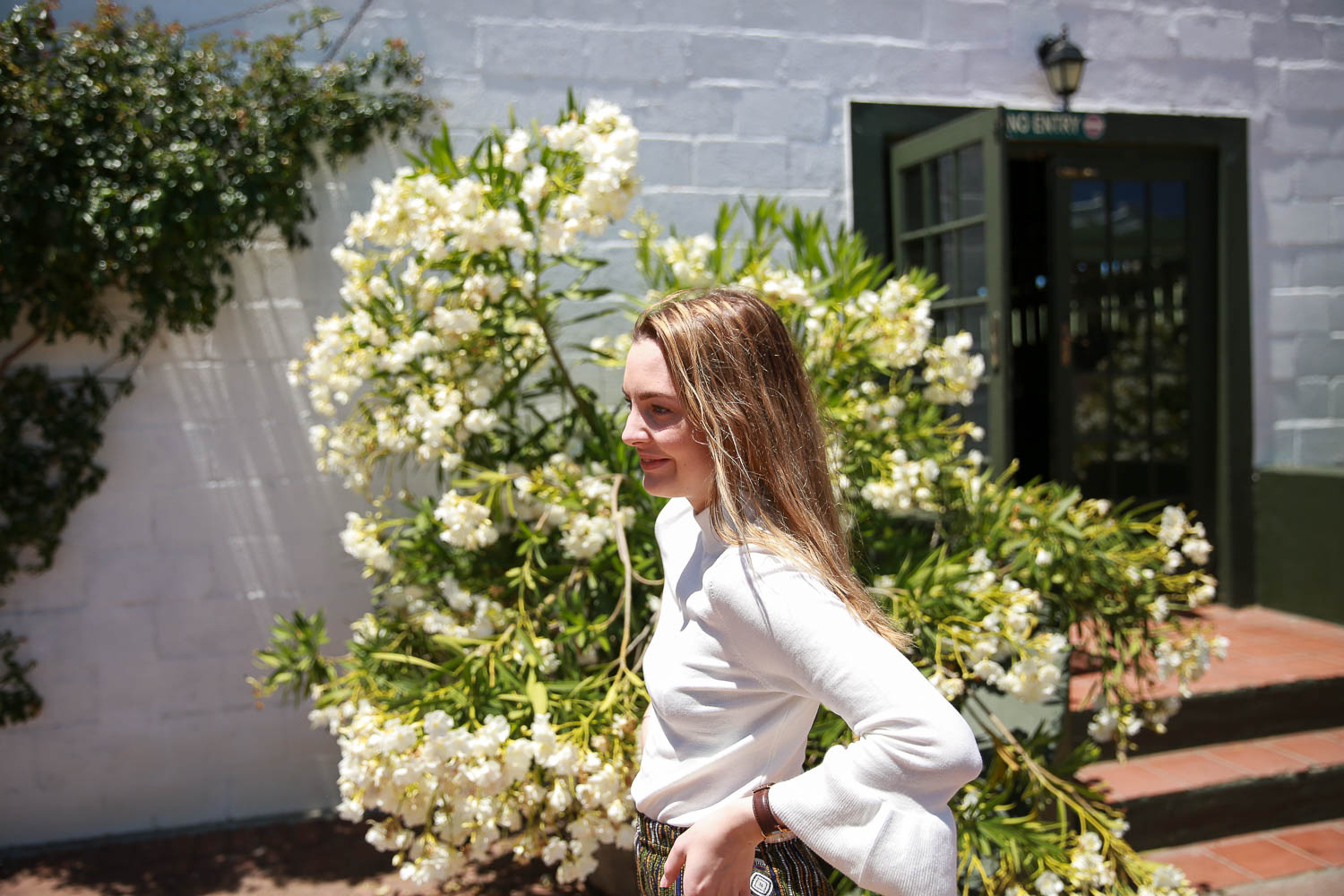
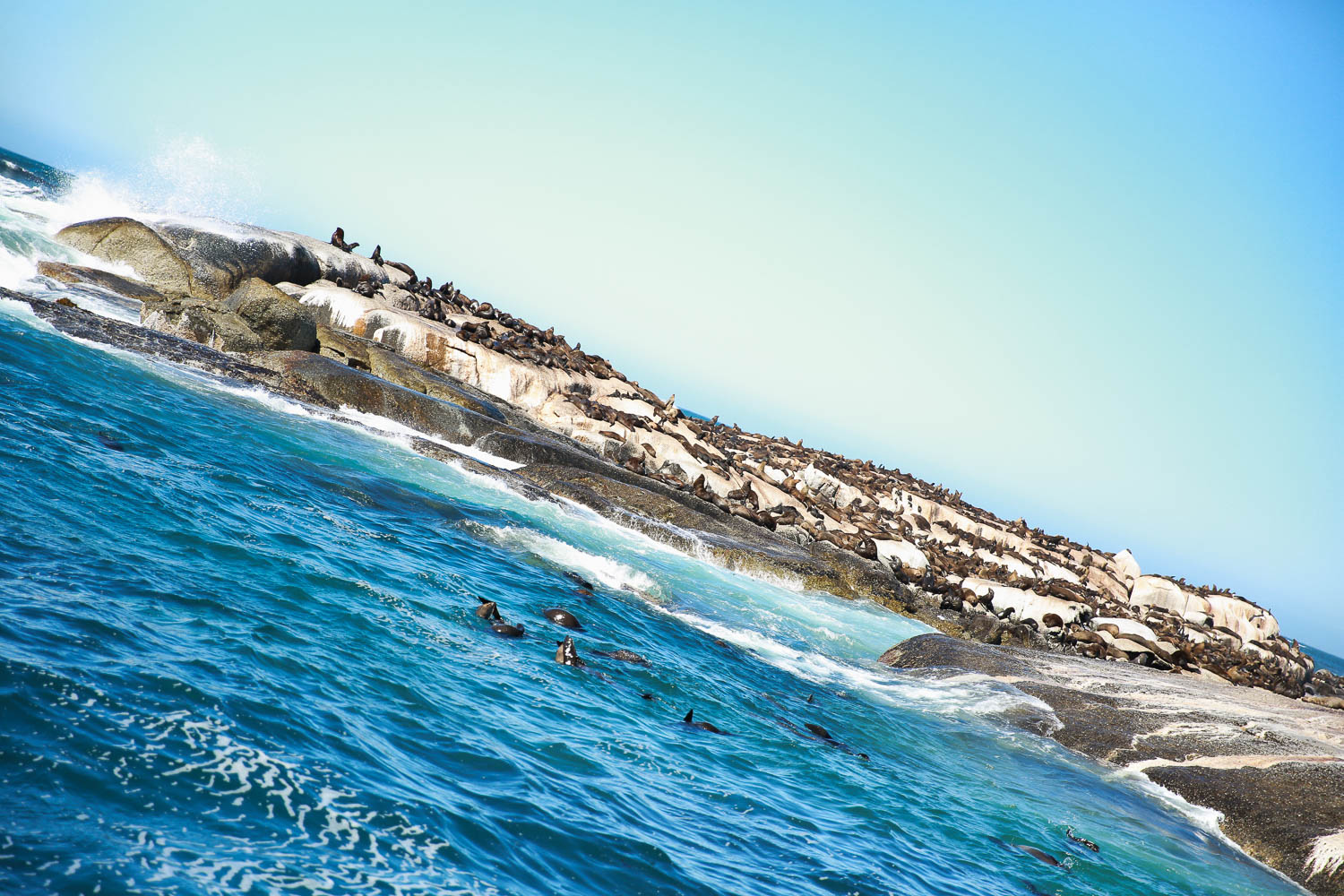
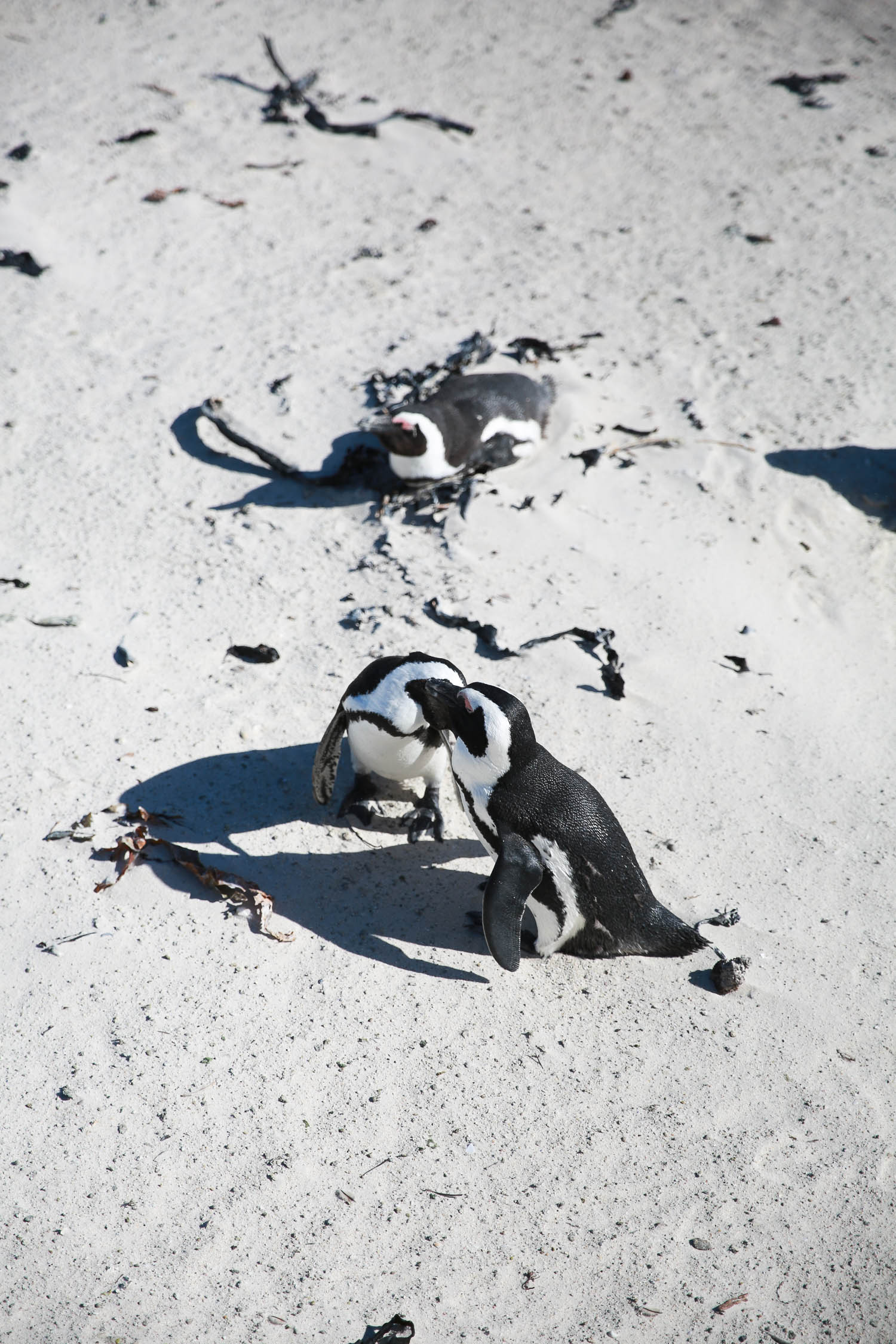
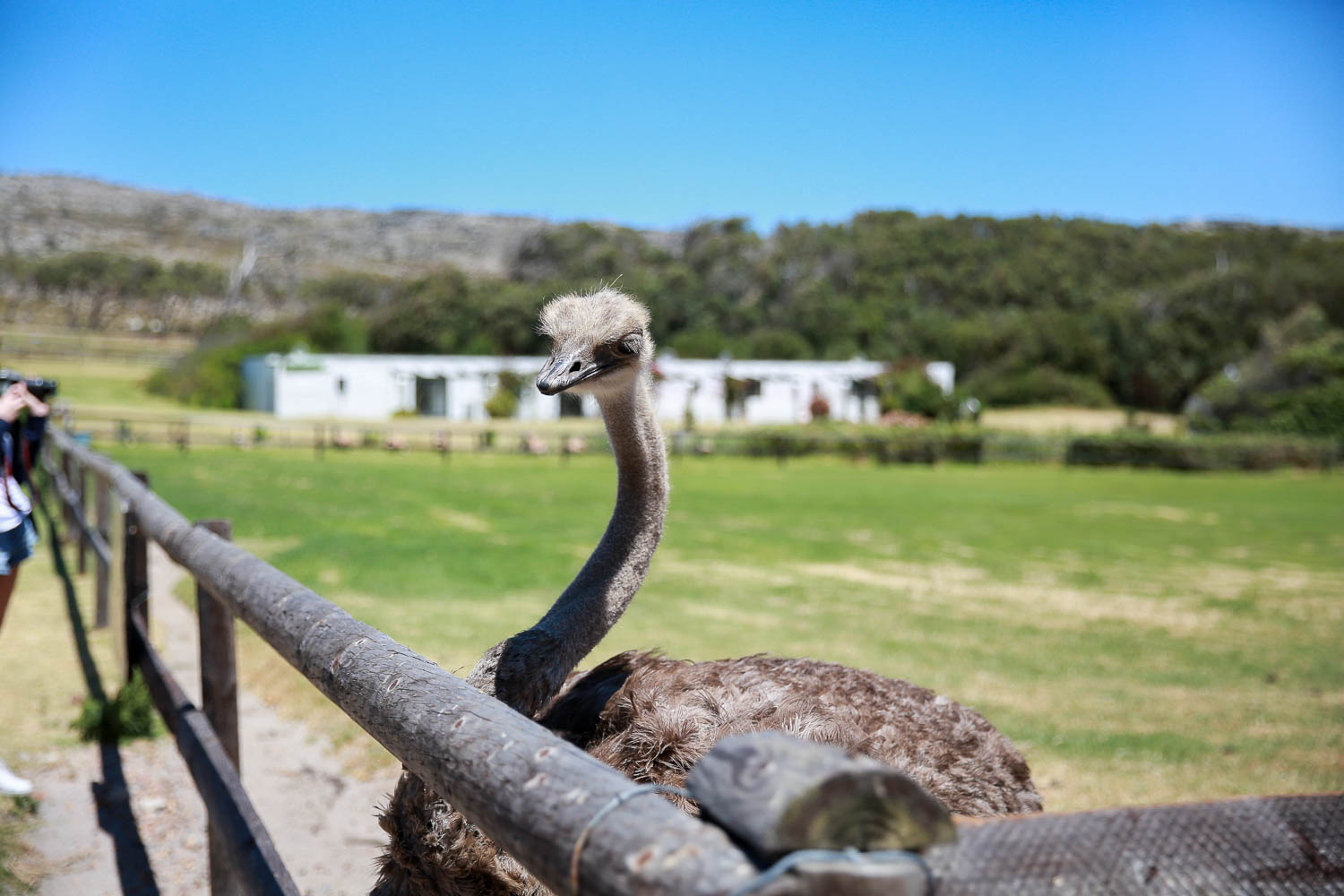
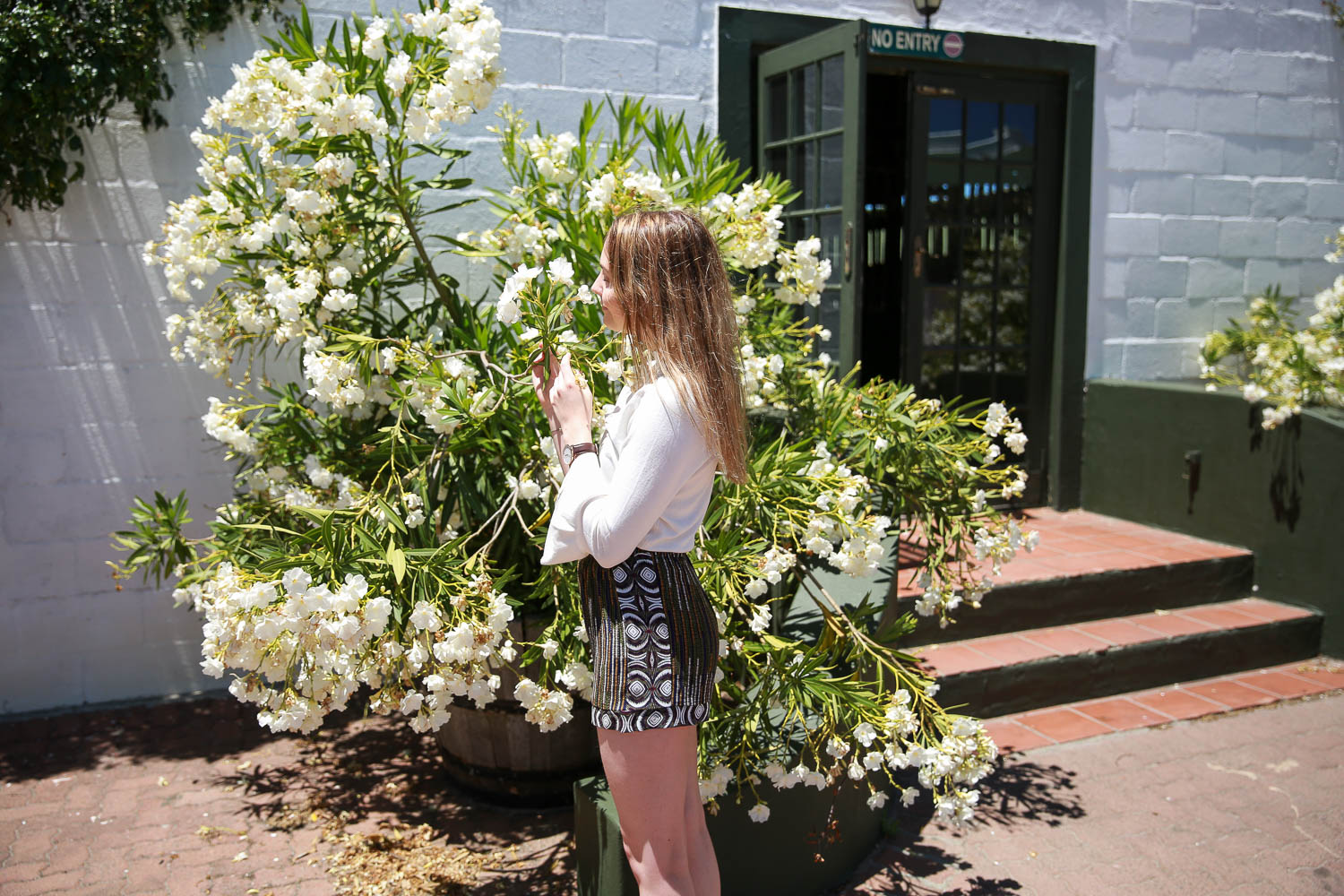
Ved Hout Bay tok vi en 40-minutters båttur ut til Duiker Island for å se selene. De siste to århundrene har Hout Bay endret seg fra å være en liten fiskeby til å bli en ganske stor turistattraksjon. Ved kaien kunne man finne afrikanske salgsboder, en rekke turistbåter og kaféer. Etter denne turen bestemte jeg meg for å dykke med seler i stedet for å dykke med hai.
/ At Hout Bay, we took a 40-minute boat trip to Duiker Island to see the seals. Over the past two centuries, Hout Bay have changed from being a small fishing village to becoming a pretty big tourist attraction. At the pier you can find African market stalls, a variety of tourist boats and cafes. After this trip I decided to dive with seals instead of diving with sharks. For sure..
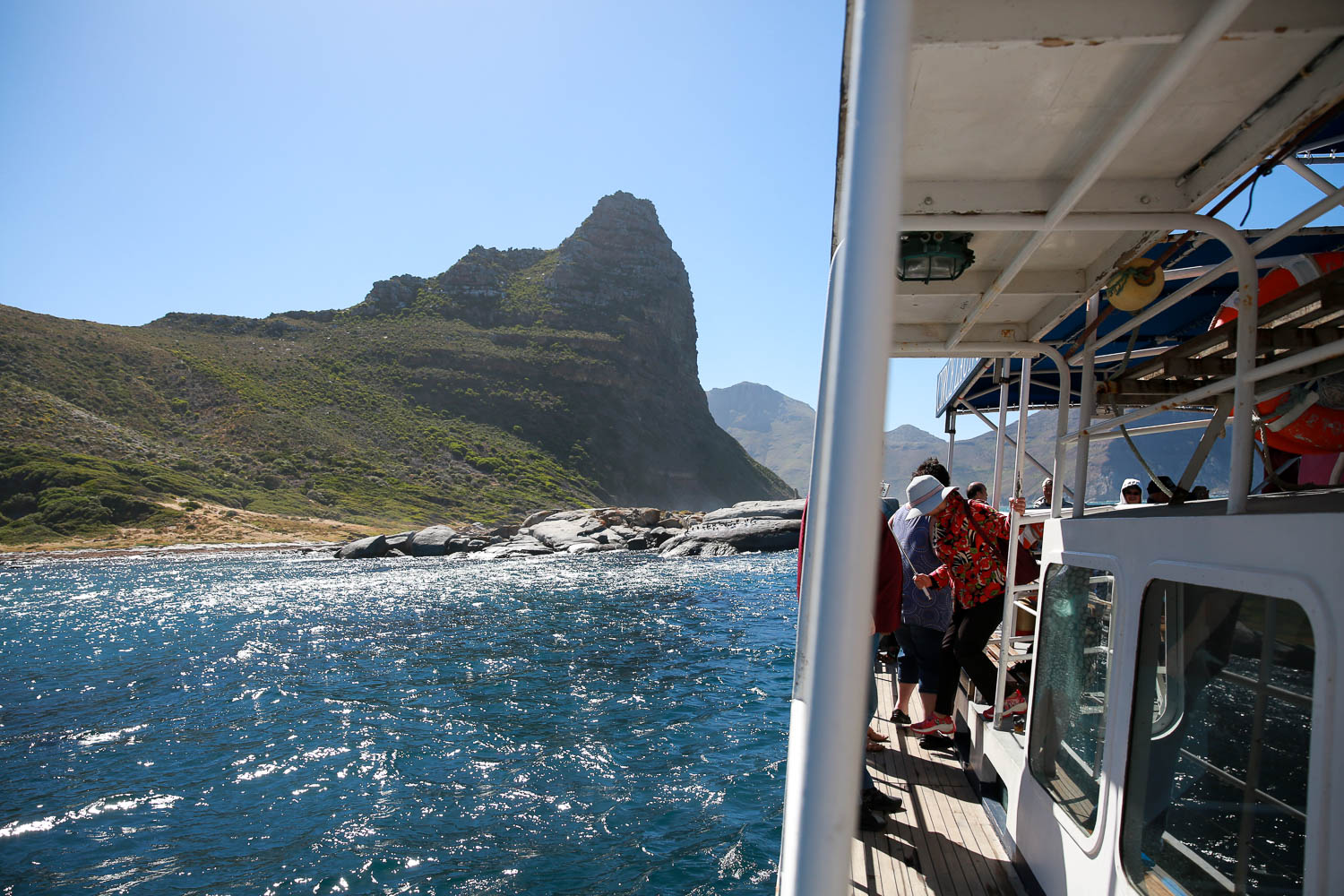
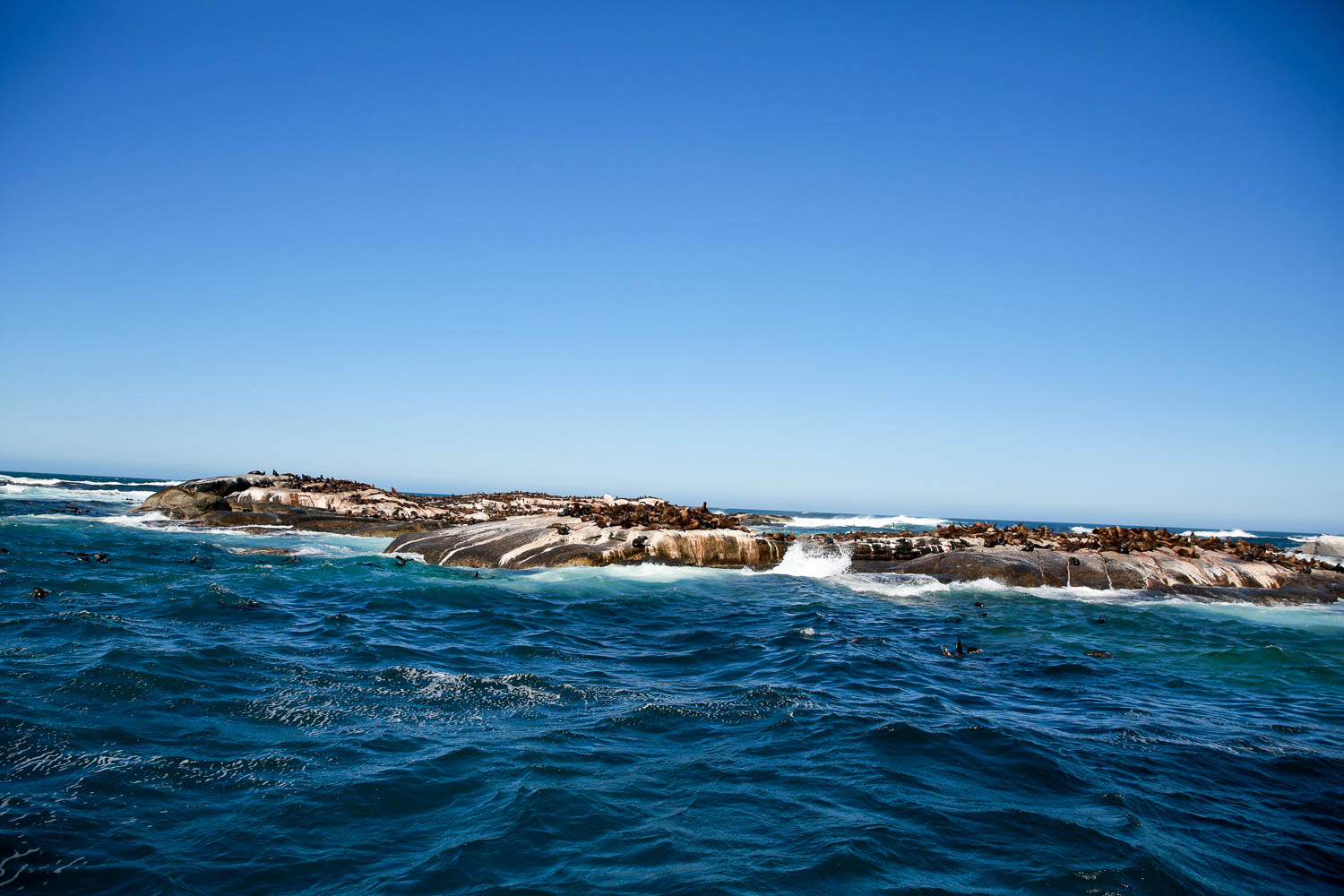
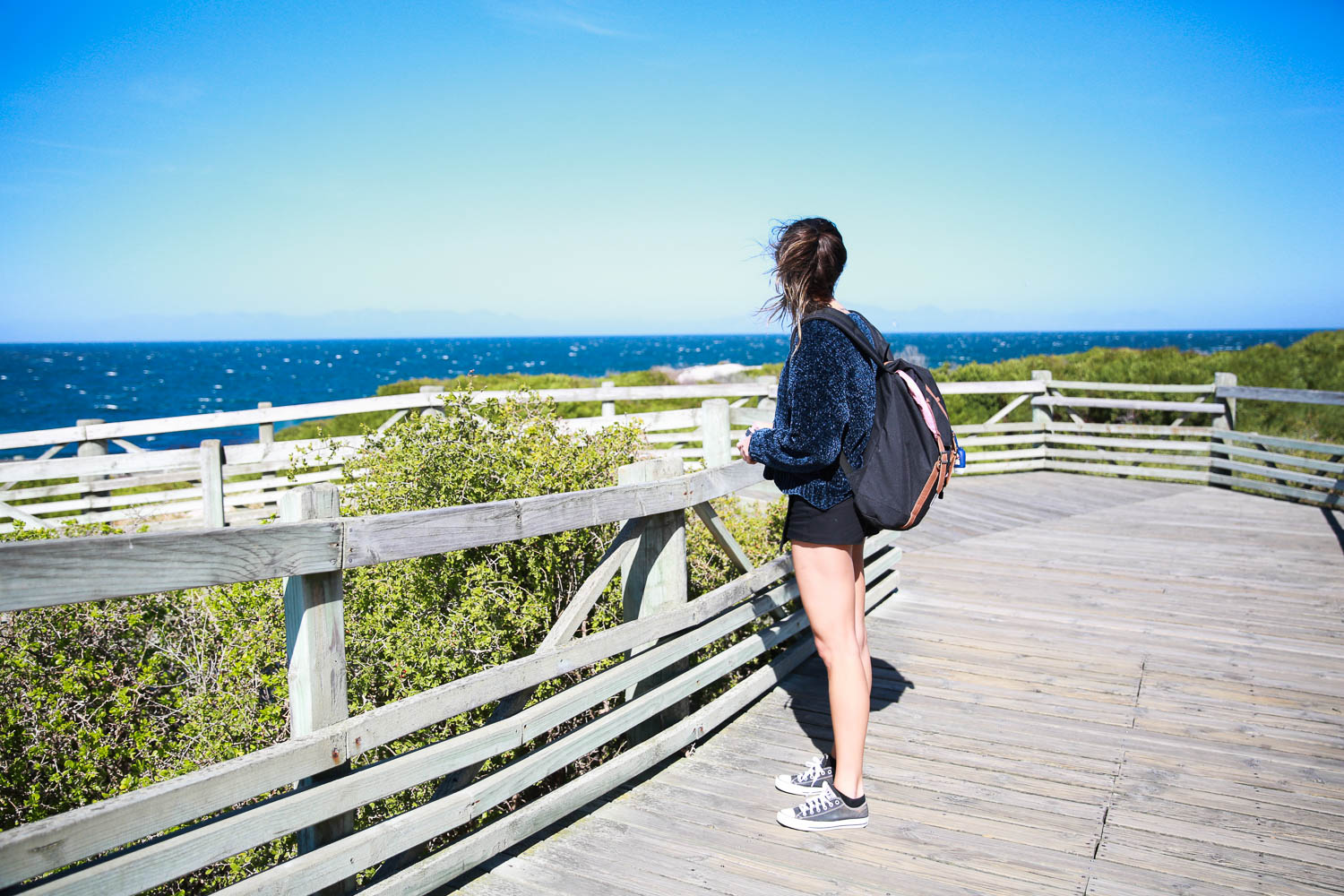
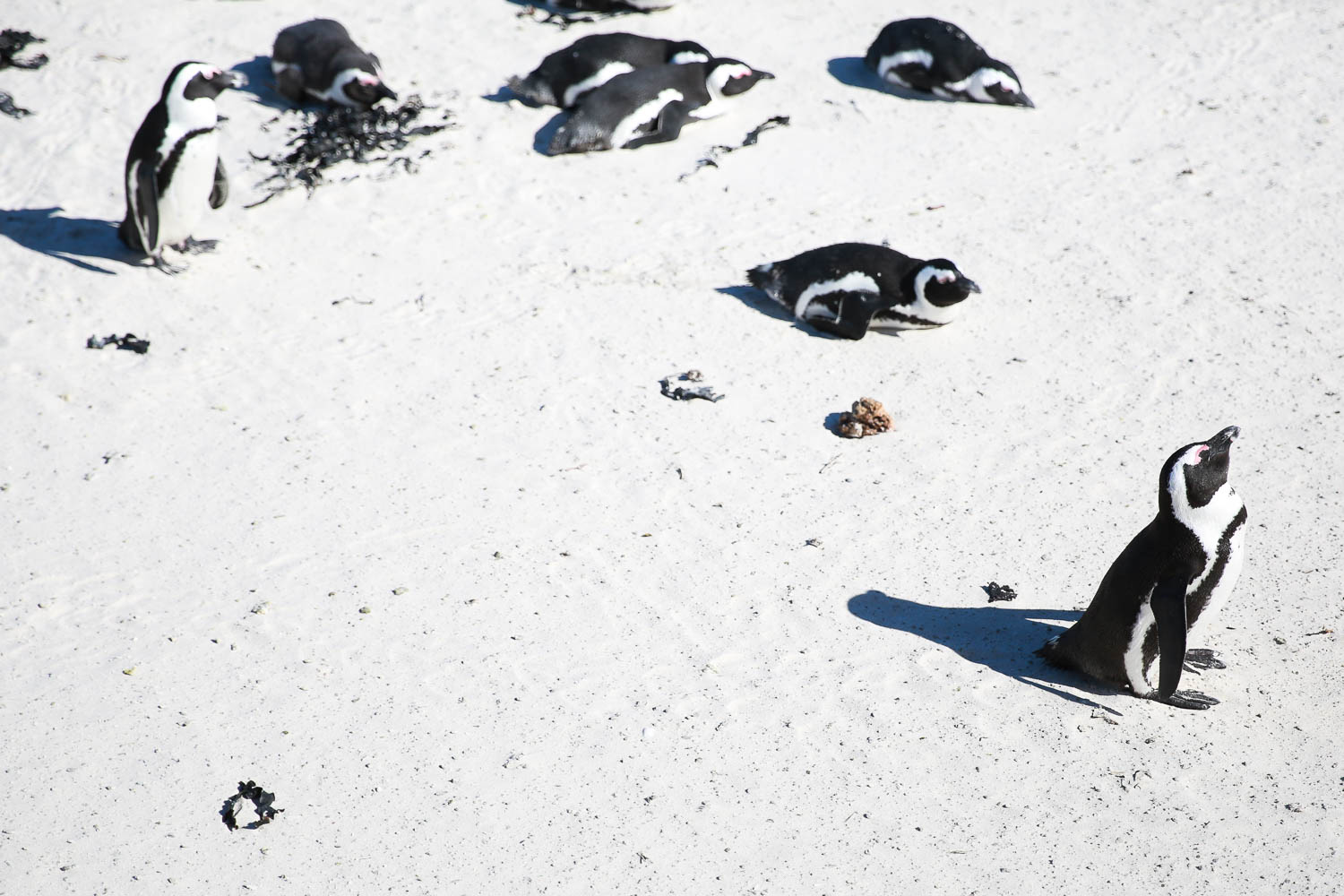

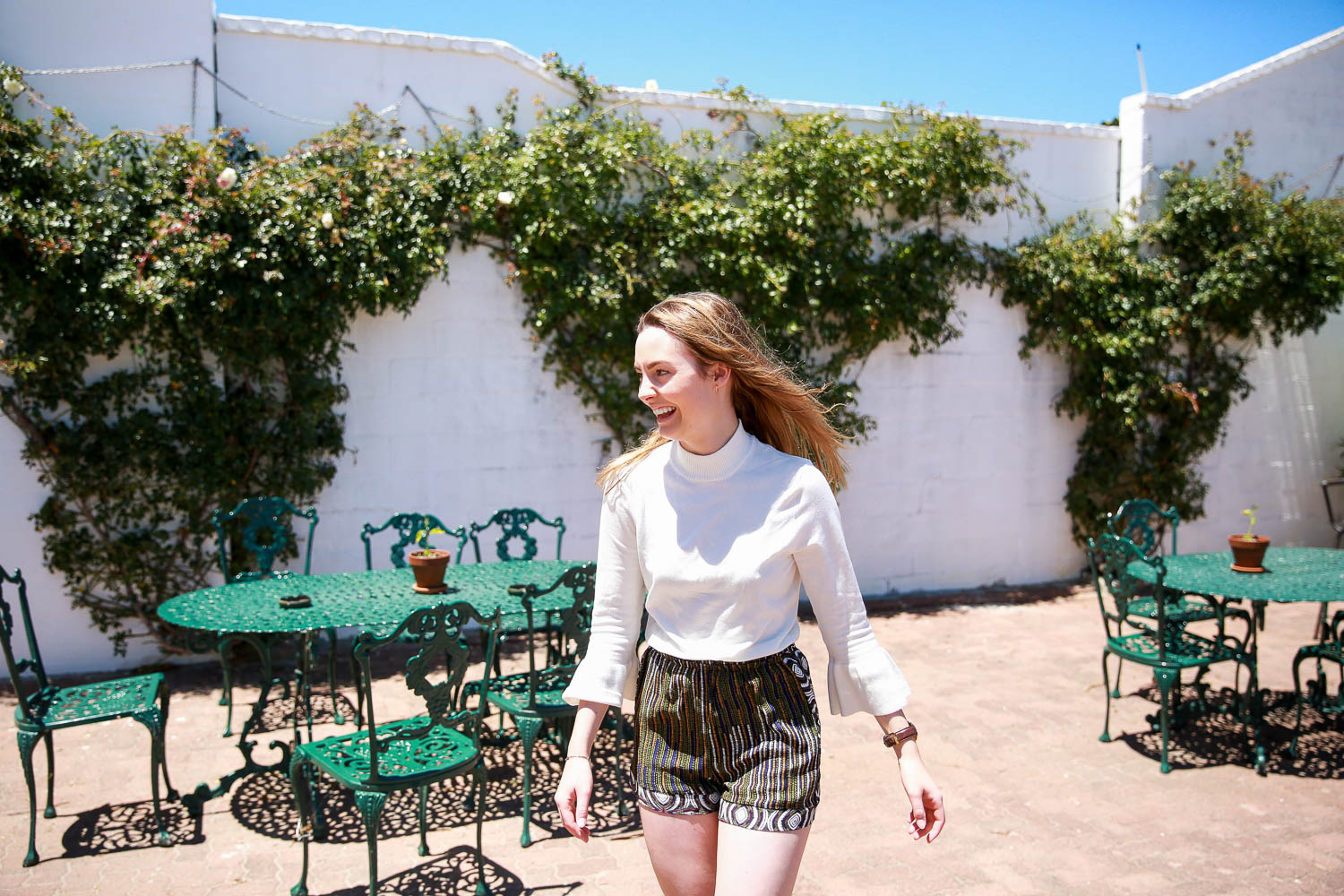
Neste stopp var en strutsegård ved Cape Point (Cape Point Ostrich Farm). Denne farmen ligger helt nydelig til i Cape Peninsula. Den ligger ca. 50 km vekk fra Cape Town, ganske nærme Cape of Good Hope. Selve kjøreturen tok vi via Scarborough, som er en av de vakreste rutene i Sør-Afrika. Selv om omgivelsene på strutsefarmen var nydelige har jeg ikke sansen for industrien i det hele tatt. Likevel fikk jeg sett en kulturell del av Cape Town.
/ The Cape Point Ostrich Farm lies on the most beautiful part of the Cape Peninsula. The farm is 50km from Cape Town, next to the Cape of Good Hope Nature Reserve (Cape Point National Park). The drive to the farm is one of the great scenic routes of South Africa leading to the Cape of Good Hope, either via Simons Town or via Scarborough. Even though the surroundings at the ostriches farm were amazing, I’m not a fan of the industry at all. Despite of that I got to see a cultural part of Cape Town.
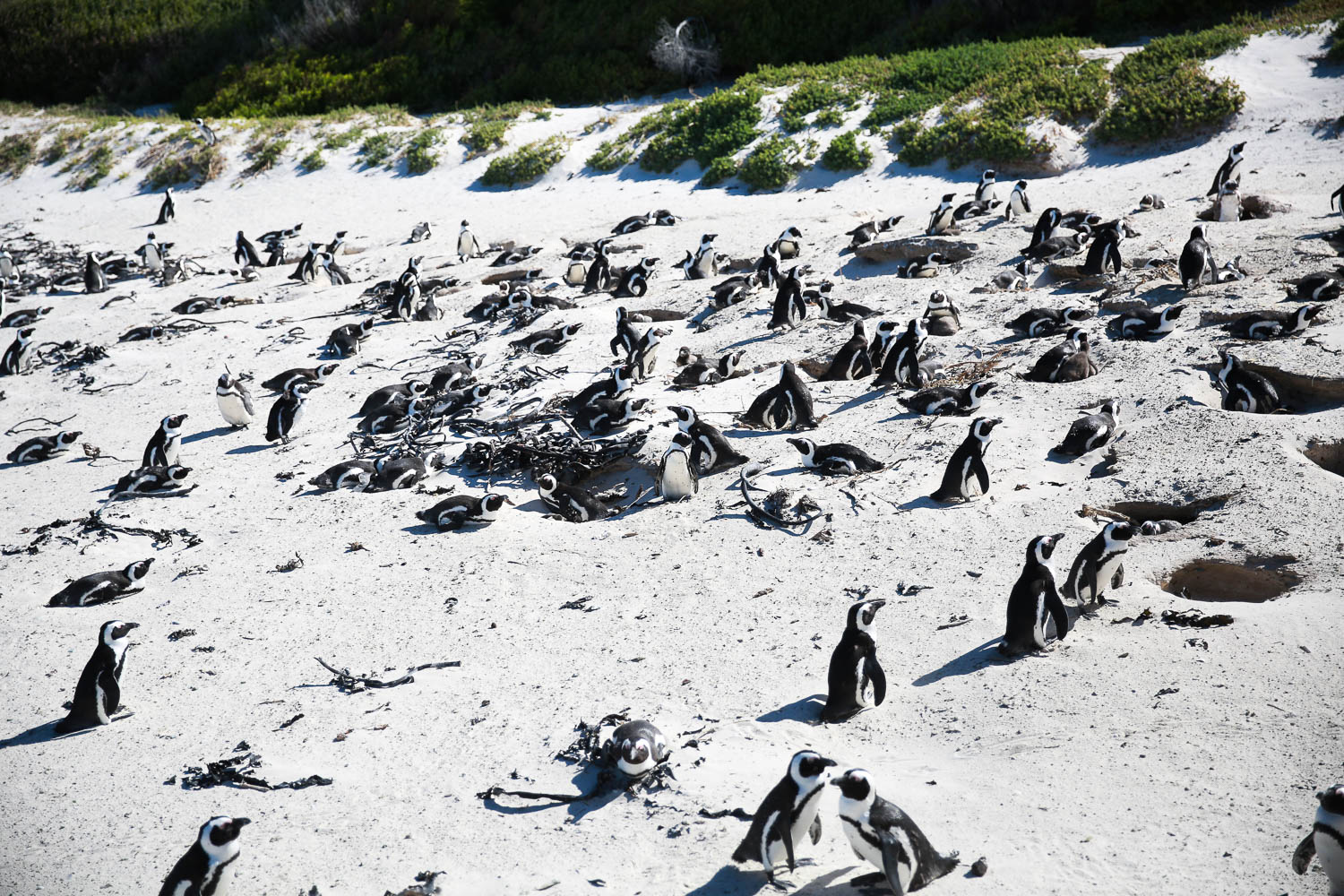
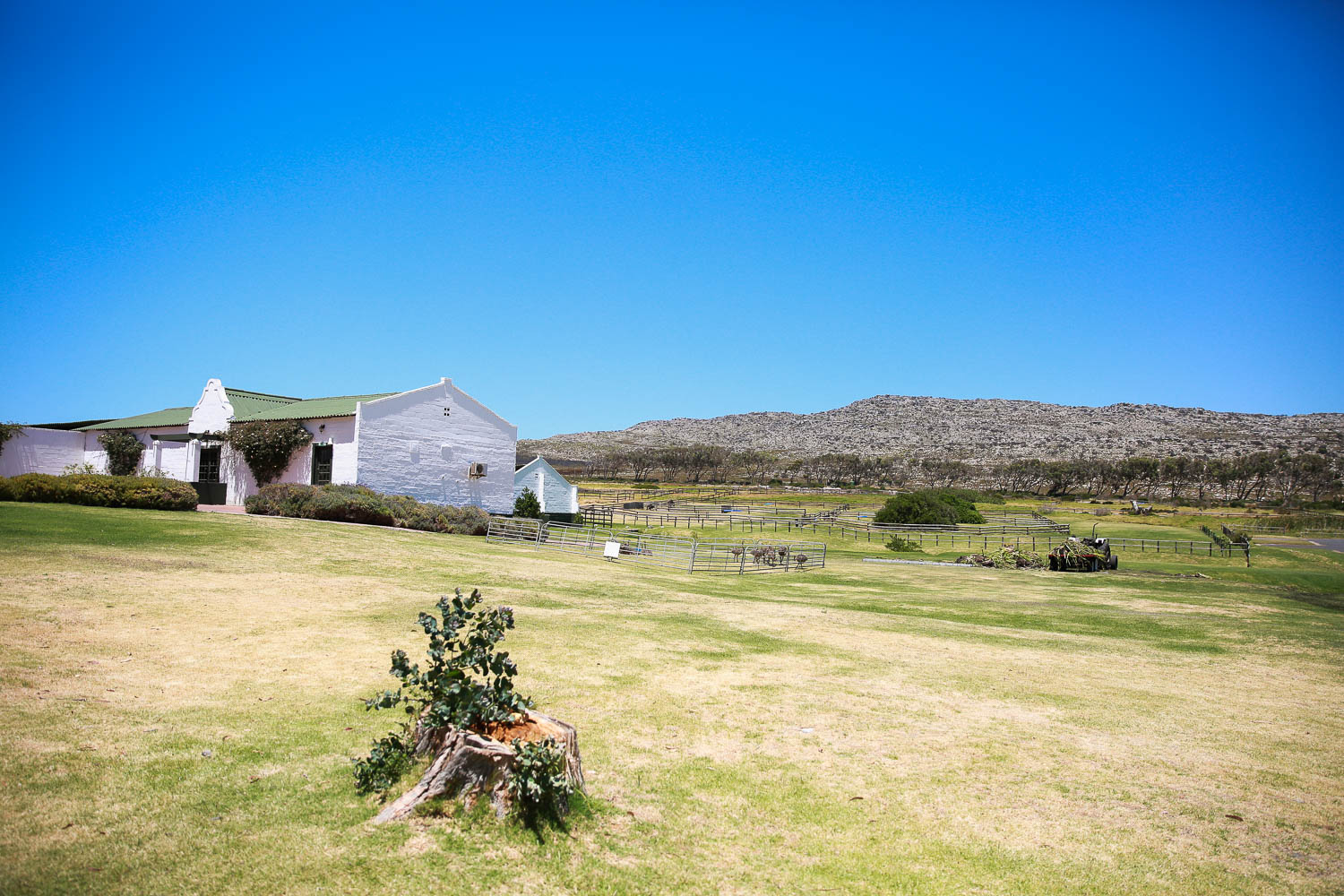
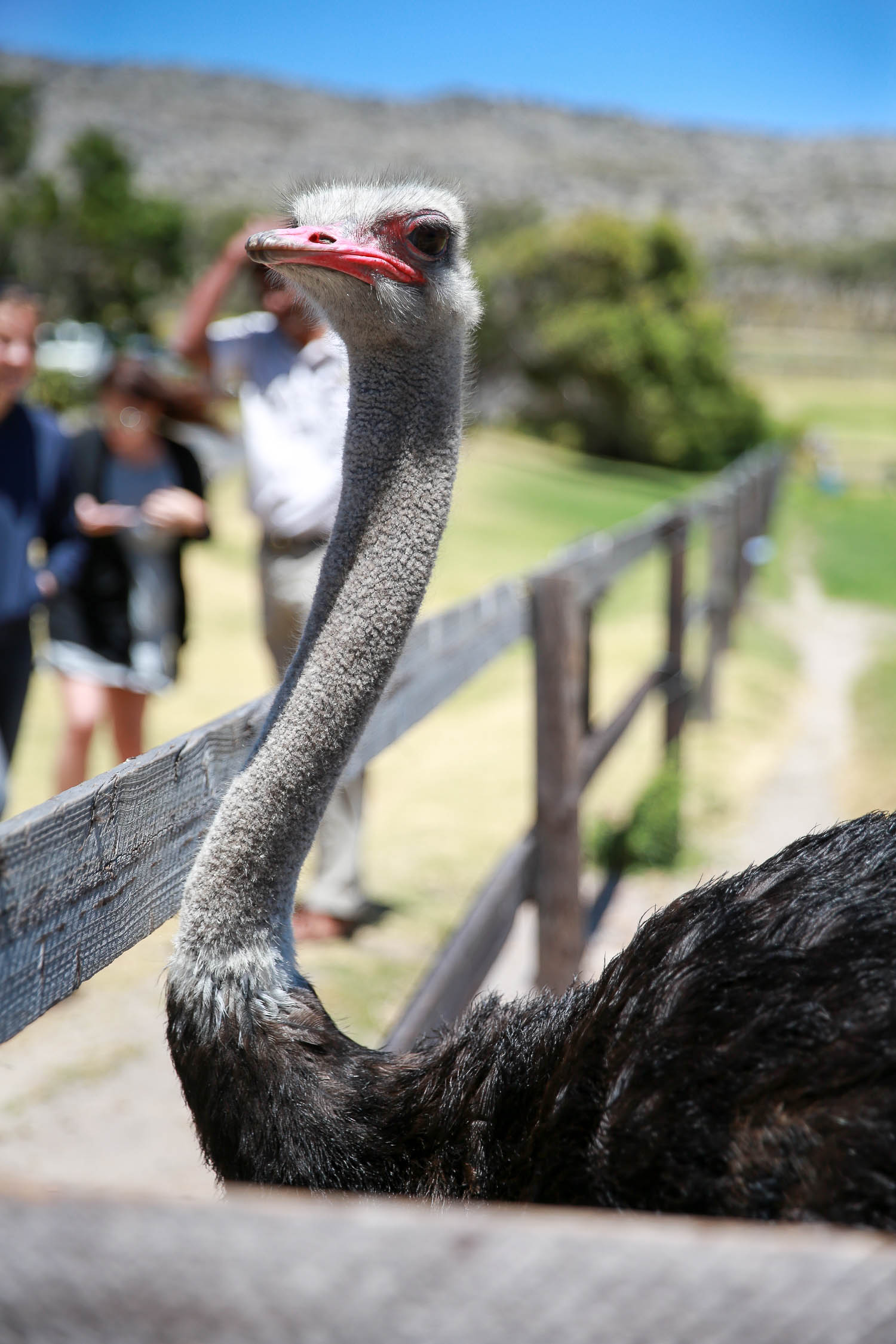
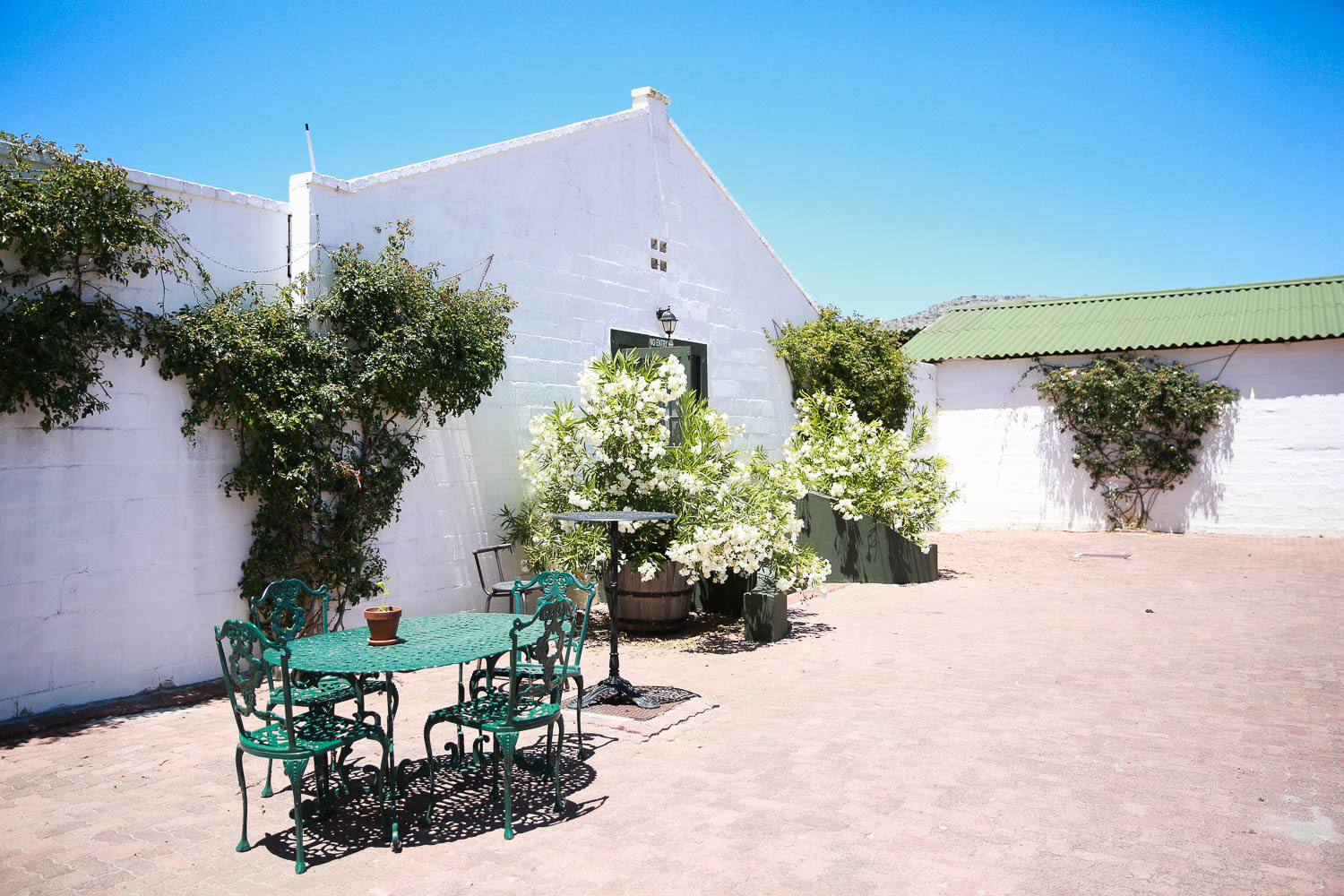
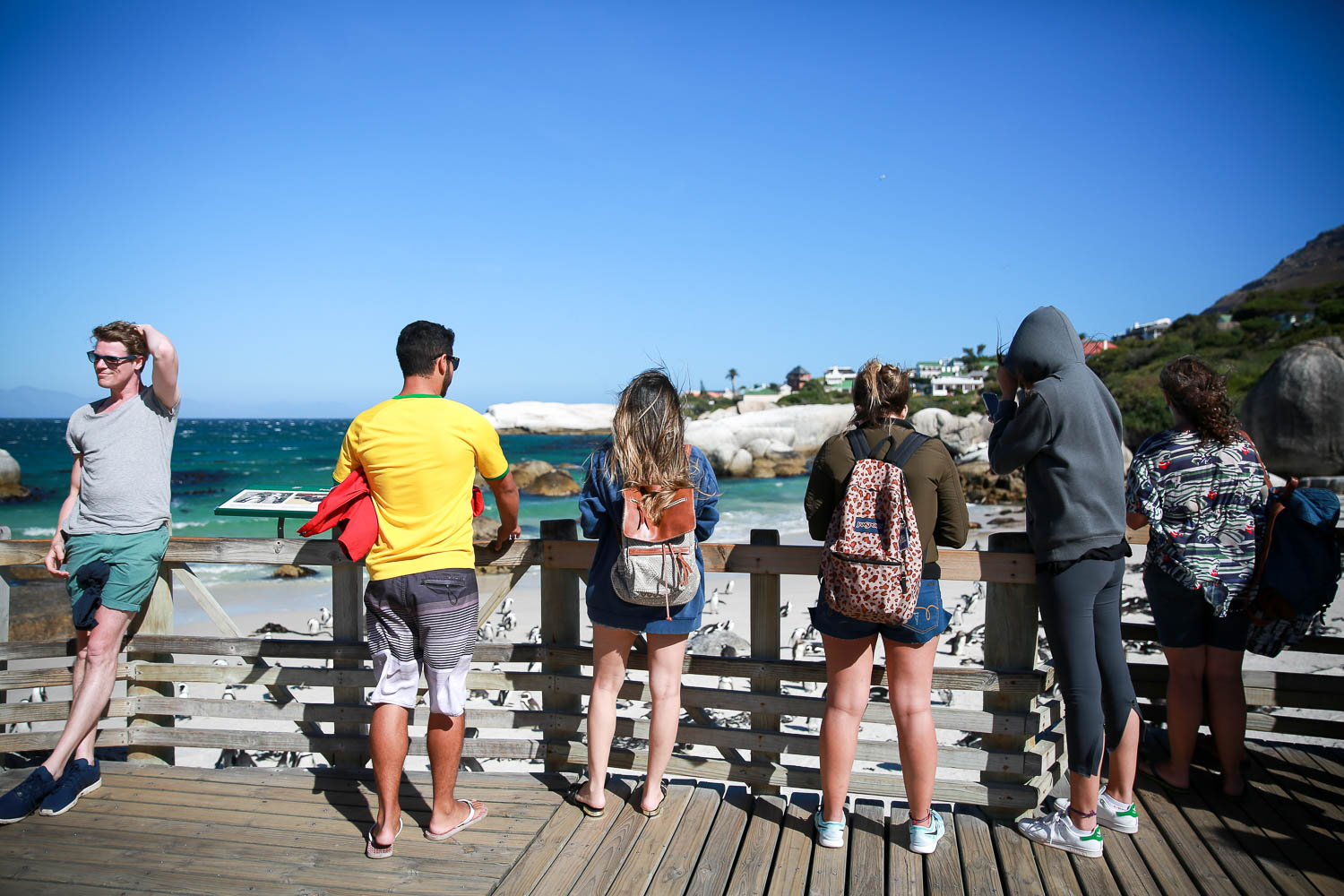
Siste stopp var Boulders Beach og kolonien med pingviner. Denne stranden ligger i Simon’s Town. Når pingvinene kom til False Bay i 1983 fra Dyer Island var det mye for dem å spise og kolonien vokste veldig. De siste årene har dessverre fisking, marin forurensing og habitat-ødleggelse hatt en negativ effekt på koloniens størrelse. I 1910 var kolonien estimert til 1,5 million. Ett århundre etter er denne arten svært truet. I disse dager er det kun 26.000 par Afrikanske pingviner i hele verden.
/ Last stop was Boulders Beach and the colony of pinguins. You’ll find the beach in Simon’s Town. When the penguins first came to False Bay in 1983 from Dyer Island, which is near Gansbaai, there was plenty for them to eat and so the colony grew rapidly. In recent years, however, commercial fishing, marine pollution and habitat destruction have negatively affected the size of the colony. In 1910, it was estimated that there were approximately one-and-a-half million African Penguins; a century later, the aquatic bird was classified as an endangered species. These days there are only a paltry 26 000 breeding pairs left in the whole world!
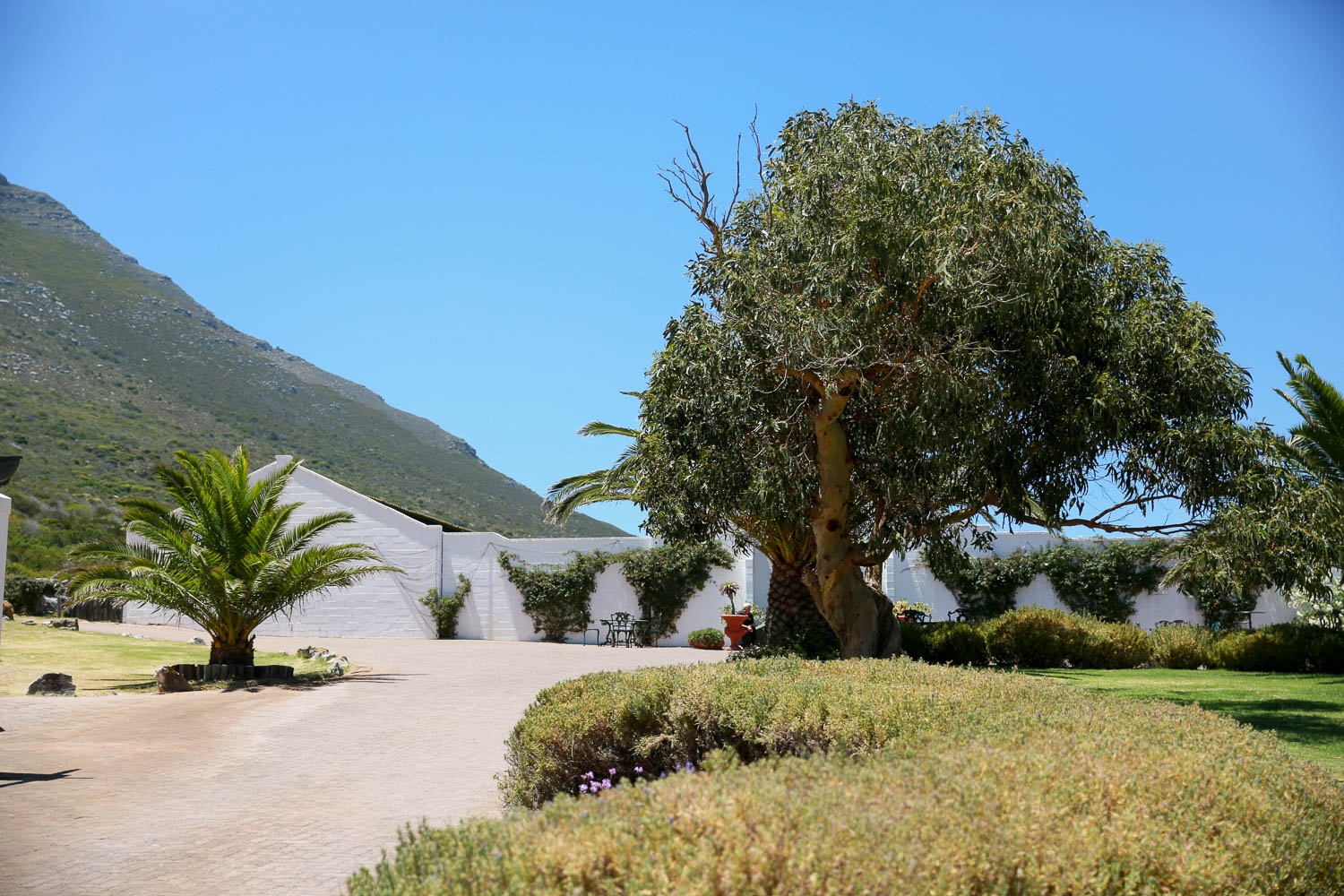
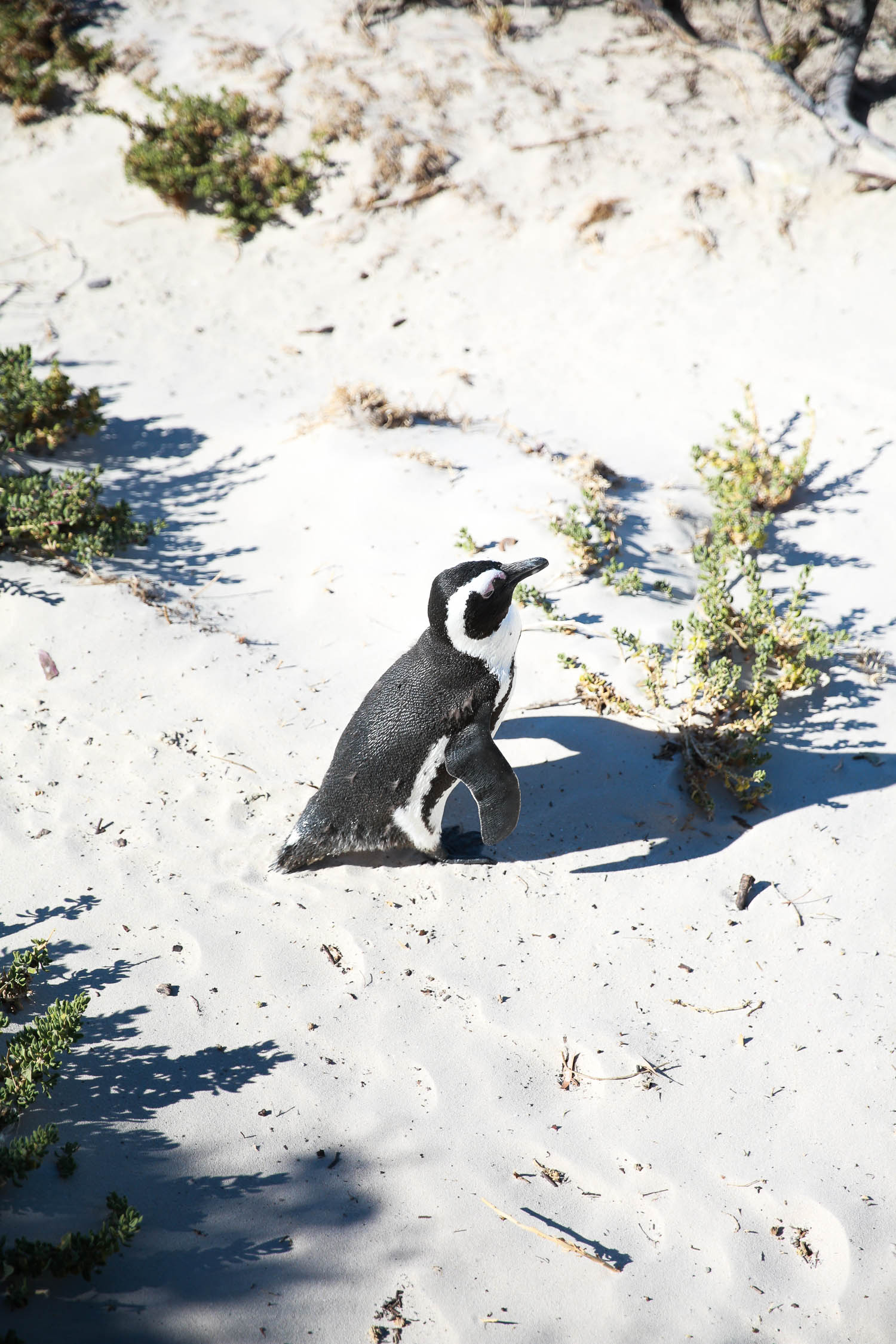

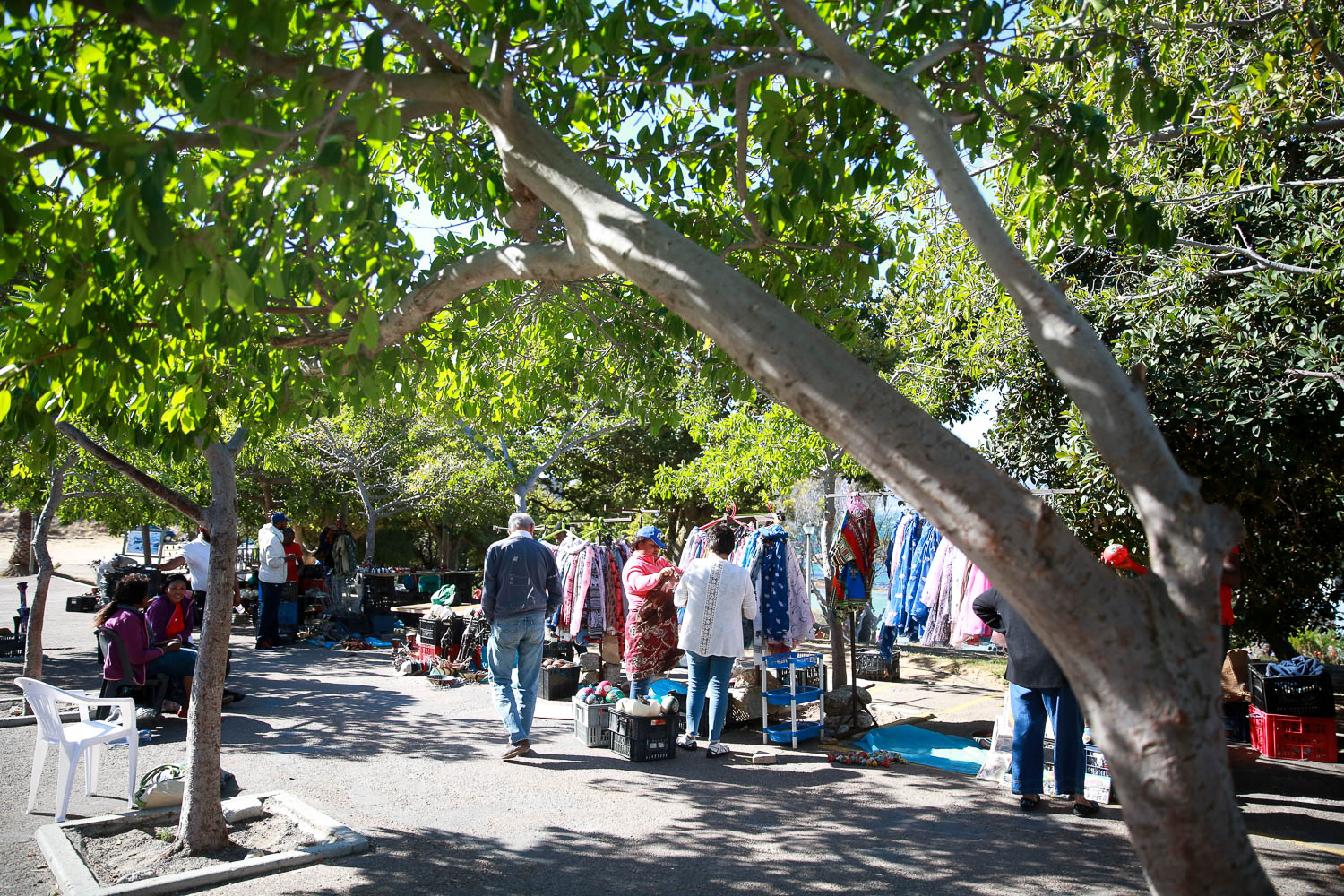
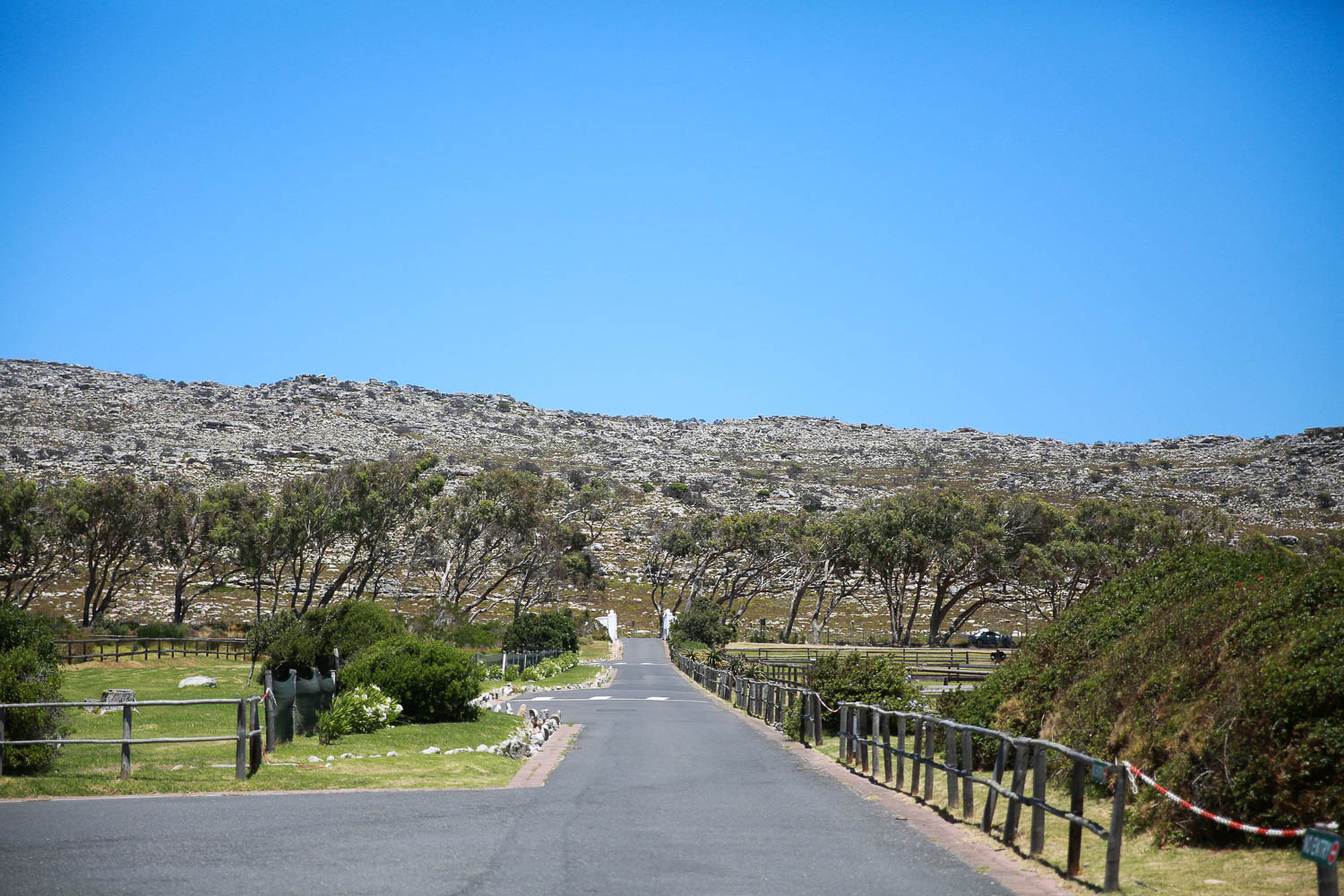
Det jeg la merke til med pingvinene var at de ofte gikk sammen to og to. Dette er fordi de er monogame, dvs. at de holder sammen med den ene partneren sin hele livet. Gjennom Kilroy kan man faktisk bidra med frivillig arbeid for pingvinene. Se her! Selv kjenner jeg mange her nede som har nettopp et slikt frivillig arbeid. Hjelp til med rehabilitering av pingvinene. Som en frivillig lærer man on livsløpet til en pingvin og man vil jobbe direkte med pingvinene. Vakkert!
/ What I noticed with the penguins was that they often go along two and two together. This is because they are monogamous; that means that they stay with one partner their whole life. Through Kilroy, you can actually help by volunteering. Look here! Help rescue and rehabilitate real life “Happy Feet” Penguins. Volunteers will not only have the opportunity to learn about the life cycle and conservation of the African Penguin, which is still an endangered species but will also work very `hands-on` with these birds. Beautiful, isn’t it?

